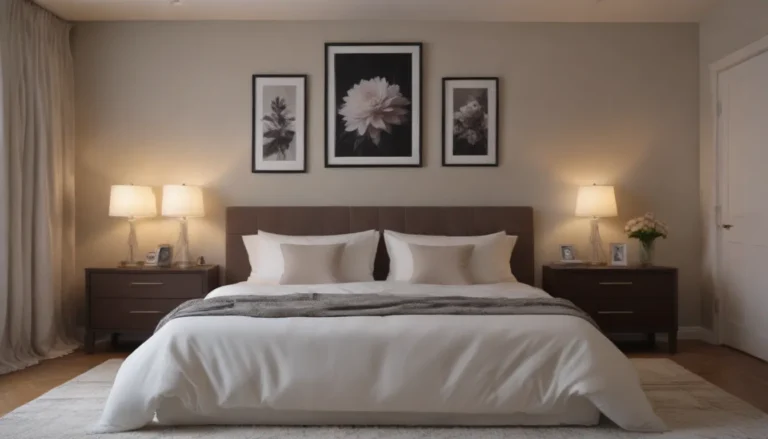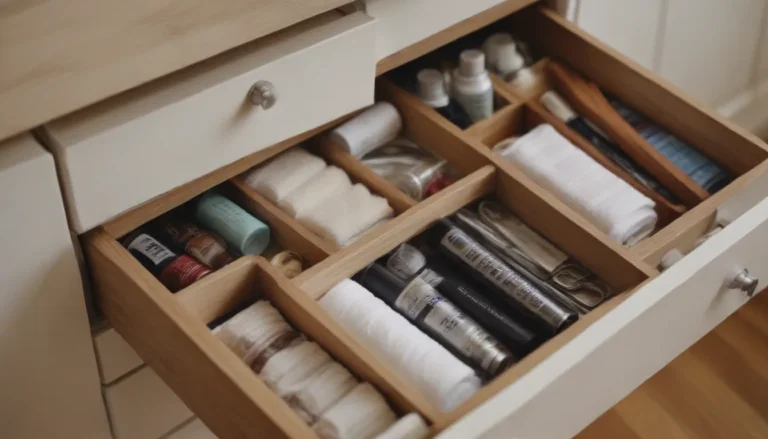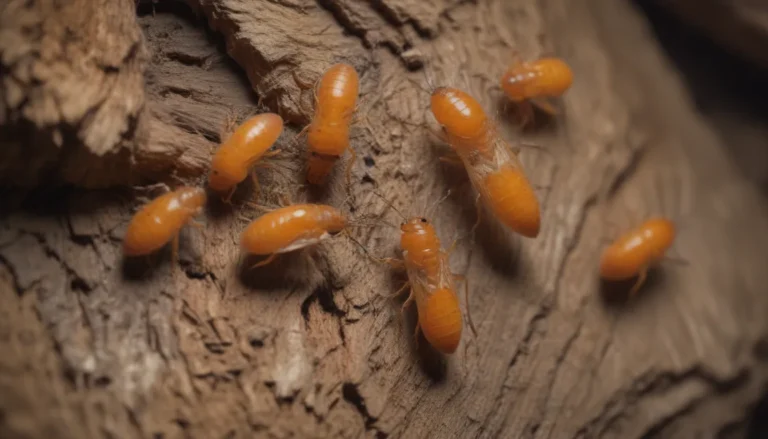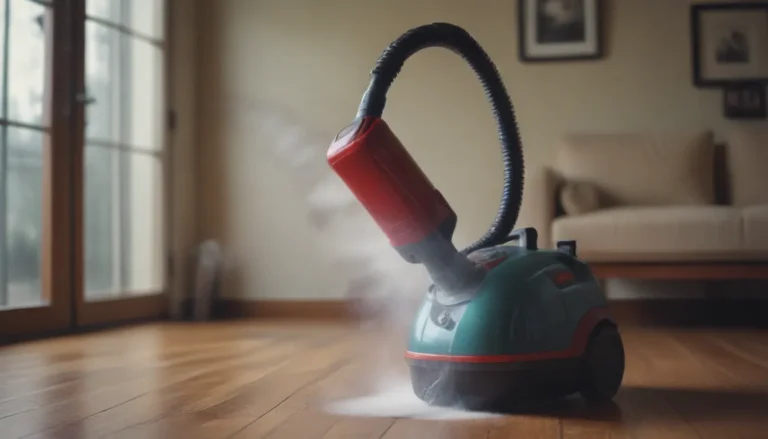Comprehensive Guide to Wood-Burning Fireplace Maintenance
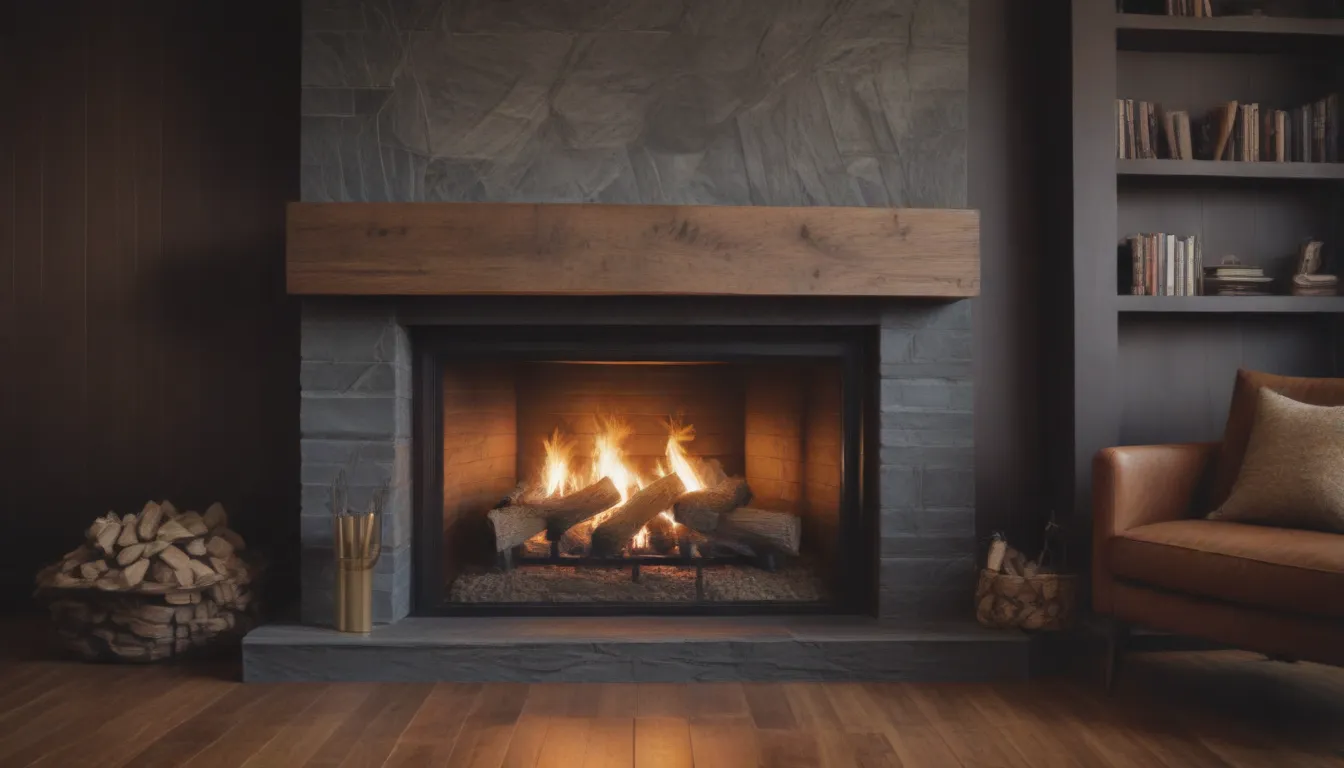
Are you the lucky owner of a cozy wood-burning fireplace that adds warmth and ambiance to your home during the chilly fall and winter months? While there is nothing quite like the crackle of a real wood fire, it does come with the responsibility of regular maintenance. Proper fireplace upkeep is crucial for ensuring your safety and comfort throughout the seasons. In this guide, we’ll walk you through a detailed fireplace maintenance checklist with 12 essential tips to help you keep your fireplace in top shape year after year.
The Importance of Fireplace Maintenance
Unlike gas fireplaces, wood-burning fireplaces require ongoing maintenance to prevent potential hazards like creosote buildup and chimney fires. While it’s essential to perform routine maintenance tasks yourself, it’s equally important to schedule an annual inspection with a professional chimney sweep to ensure everything is in safe working order. Let’s dive into the key maintenance tasks you should perform to keep your wood-burning fireplace in optimal condition.
Fireplace Maintenance Task Checklist
1. Fix Gaps in the Firebox Brick Mortar
Over time, the brick mortar inside your fireplace can develop gaps due to the extreme heat, leading to potential fire hazards. Use a mineral-based filler like fireplace mortar or refractory caulk to fill in these gaps and prevent fire from spreading through the cracks.
Materials Needed:
– Putty knife
– Compressed air
– Fireplace mortar or refractory caulk
2. Clean the Chimney
Wood-burning fireplaces produce heat and smoke, resulting in creosote buildup inside the chimney. Regular chimney cleaning is essential to remove creosote and other flammable debris that could trigger a chimney fire. While you can clean the chimney yourself, it’s recommended to hire a professional chimney sweep for an annual deep clean.
Warning: Creosote is highly flammable and toxic. If you notice black flakes of tar in your fireplace, seek immediate assistance from a chimney professional.
3. Inspect and Repair the Flashing
Metal flashing between the chimney and the roof acts as a barrier against water intrusion. Inspect the flashing for any damage or deterioration and repair it promptly to prevent water leakage into your home.
4. Buy the Right Firewood
The type of firewood you burn in your fireplace impacts its performance and cleanliness. Opt for hardwoods like maple, oak, ash, and birch for a longer burn time and reduced creosote buildup, avoiding softwoods that burn faster and produce more ash.
5. Fix the Outside of Your Brick Chimney
Maintain the exterior of your brick chimney by repointing missing mortar, patching cracks in the crown, and repairing any damaged bricks. Caulk around the flue and crown to ensure proper sealing.
6. Check the Chimney Cap
Inspect the chimney cap for any cracks, dents, or damage that could compromise its effectiveness in keeping out water, debris, and animals. Secure the chimney cap to prevent it from loosening due to strong winds.
7. Clean the Fireplace Bricks
Regularly clean the fireplace bricks to remove soot buildup and maintain a clean, attractive hearth. Choose mild, moderate, or strong cleaning methods based on the level of blackening on the bricks.
8. Replace the Fireplace Screen
Ensure your fireplace screen is intact and functioning properly to prevent embers and sparks from escaping the firebox. Consider upgrading to a glass fireplace screen for added protection and a modern look.
9. Repair, Build, or Spruce up the Mantel
Revamp your fireplace mantel with a new design or material to enhance the aesthetic appeal of your fireplace. From live-edge wood to faux railroad tie mantels, there are plenty of options to customize your mantelpiece.
10. Properly Store Your Firewood
Store firewood in a dry, outdoor rack to prevent moisture buildup and keep vermin and insects at bay. Proper firewood storage ensures your wood stays dry and ready for use in your fireplace.
11. Hire a Professional Chimney Sweep Annually
Schedule an annual chimney inspection and cleaning with a professional chimney sweep to detect any damage or creosote buildup that could pose fire hazards. Promptly address any issues to maintain a safe and functional fireplace.
12. Install the Proper Alarms
Ensure your home is equipped with carbon monoxide and smoke alarms near the fireplace to detect any potential fire hazards. Regularly check the batteries and functionality of these alarms for optimal safety.
Fireplace Safety Tips
- Avoid pouring water in a fireplace, as it can create smoke and damage the masonry. Use a fire extinguisher for emergencies.
- Let a fire burn out on its own in the fireplace and scoop ashes over hot embers to extinguish the fire safely.
- Limit fireplace use to prevent emissions from wood smoke, which can cause breathing problems.
By following these comprehensive fireplace maintenance tips and safety guidelines, you can enjoy a safe and efficient wood-burning fireplace in your home for years to come. Remember, regular maintenance is key to ensuring the longevity and performance of your fireplace. Don’t hesitate to seek professional help for complex maintenance tasks or repairs to keep your fireplace in top condition.
References:
1. Creosote Problem: Chimney Fires and Chimney Cleaning. University of Idaho Cooperative Extension System.
2. Smoke alarms: Where to put them, how often to replace batteries. Texas Department of Insurance.
3. How to Put Out a Fire in the Fireplace at the End of the Night. Angi.
4. Wood Smoke and Your Health. EPA.
